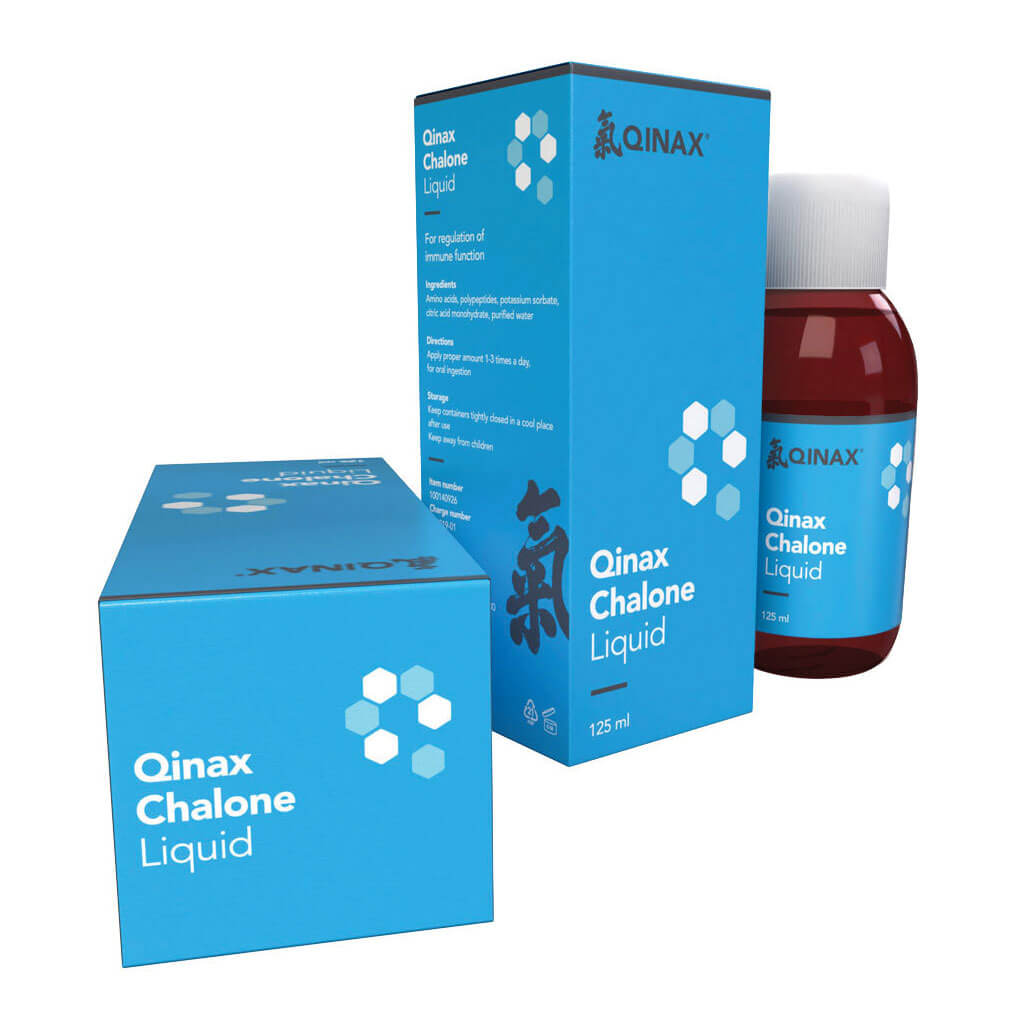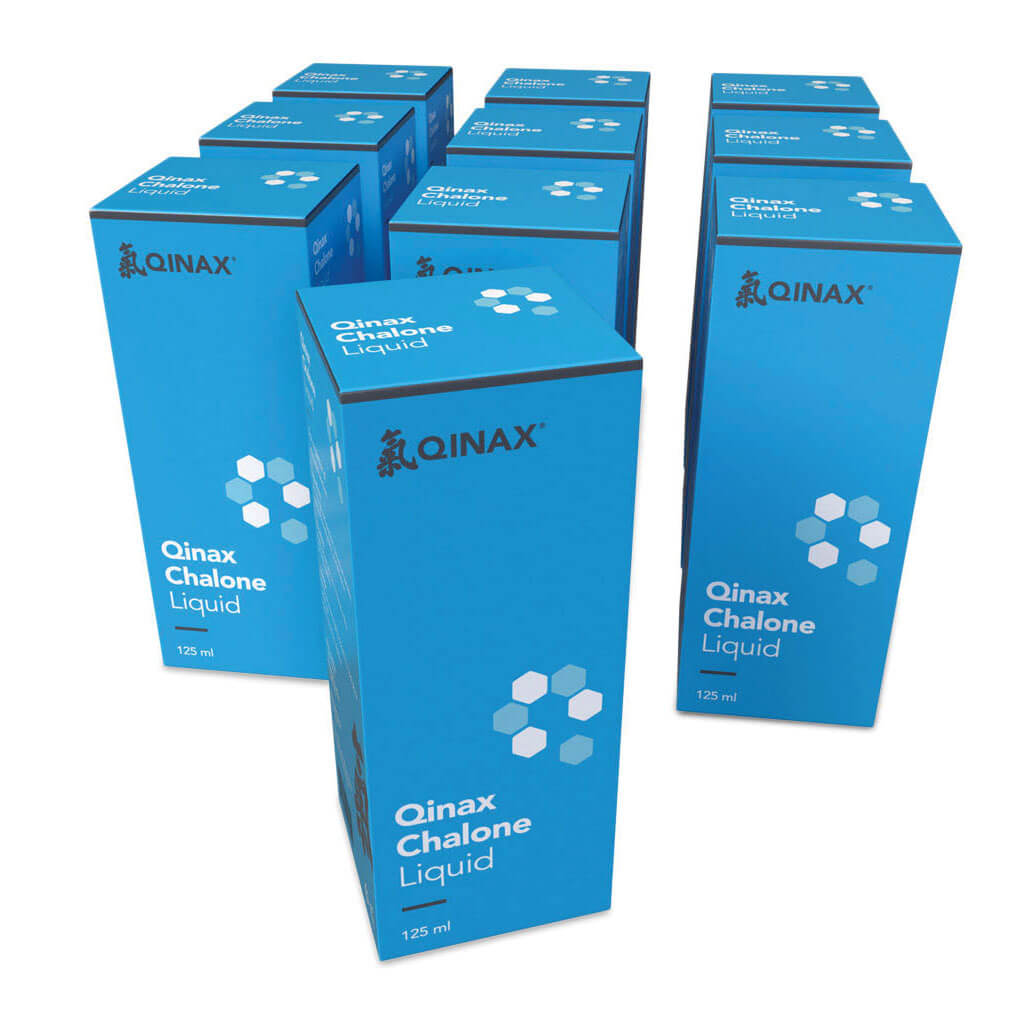Many generations in China have learned the ancient therapy method of acupuncture from a bronze man that is now 1,000 years old. The statue is regarded as a symbol of Chinese medicine par excellence and is held in the highest esteem in China and around the world: in 2016,
Chinese President Xi Jinping presented the World Health Organization (WHO) with an "acupuncture bronze man".
Students can use the 3D model to precisely read all the pathways and acupuncture points. Filled with water on the inside and covered with a layer of wax on the outside, the pathways with acupuncture points are no longer visible. For the examination, the students had to place the needle correctly, which could be recognized by the water flowing out. This had been common practice for examining students since the Song Dynasty around 1000 AD.

Qinax Chalone Liquid
For the regulation of immune function
Ingredients:
- Amino acids
- polypeptides
- purified water
- potassium sorbate
- citric acid monohydrate



